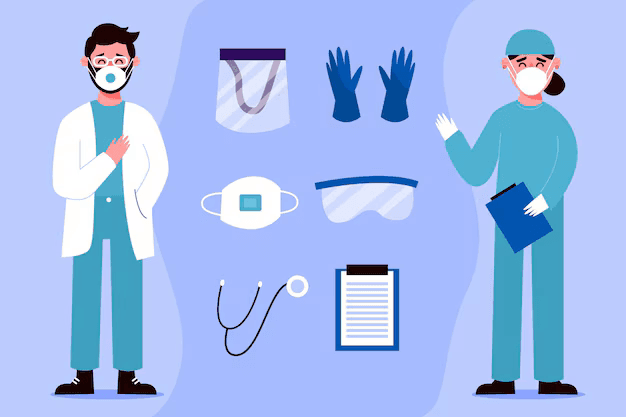Vesuv Blog
Article
Updated on
November 29, 2024

When a person is hospitalized or transported by healthcare services, they hope to receive quality care and a secure environment. However, even in the most medicalized settings, risks exist that can impact the health and well-being of patients. In this article, we focus on the most common risks, such as nosocomial infections, and their prevention.
Nosocomial infections: an underestimated risk
Nosocomial infections, contracted during a hospital stay or following a medical procedure, are one of the most common risks. They concern about 1 in 20 patients in France each year, according to Santé Publique France. These infections may be due to:
- Bacterial contamination from inadequately disinfected equipment.
- Transmission by the unwashed hands of healthcare personnel.
- Exposure to resistant germs in the hospital environment.
These infections, ranging from simple skin irritation to serious complications like septicemia, highlight the importance of impeccable hygiene.
Healthcare transport: a vector of unknown risks
Transport in an ambulance or lightweight medical vehicle (VSL) can also be a source of risks. The vehicles must comply with strict standards regarding disinfection and traceability. Poorly sterilized equipment or inadequate management of protocols can facilitate the spread of germs between patients.
Here are some examples of risks specific to healthcare transport:
- The use of stretchers or wheelchairs that have not been disinfected.
- Improper handling of medical waste.
- Non-compliance with personal protective equipment (PPE) protocols.

Preventing these risks: a collective challenge
To limit these risks, strict measures must be adopted at all levels. Healthcare institutions and healthcare transport companies play a crucial role in implementing appropriate procedures:
- Staff training: each participant must be made aware of proper hygiene practices and the use of equipment.
- Quality control: establish regular audits to verify compliance with protocols.
- Digitalization of processes: tools allow standardization and monitoring of protocol implementation to avoid oversights or mistakes.
Tools to better manage risks
Risks during a hospital stay or healthcare transport are not a fatality. With increased awareness and modern tools, it is possible to ensure a safer environment for patients.
Do you want to know more about risk management or discover how to digitalize your procedures to ensure optimal traceability? Visit vesuv.fr.











